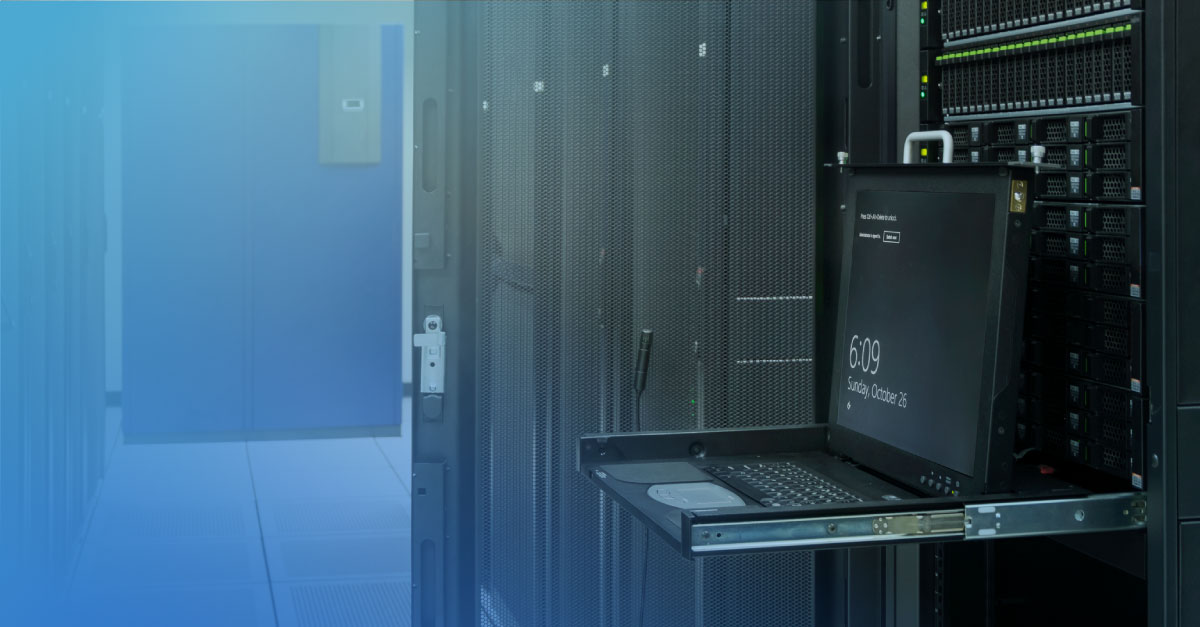Companies worldwide frequently comb through their IT hardware to dispose of and recycle unused or decommissioned equipment; this process is called IT Asset Disposition (ITAD). Before equipment is recycled, reused, or safely destroyed, it’s critical to take precautions to protect sensitive information on retired devices.
What is data destruction?
Data destruction is the process of disposing of and ensuring vital data is irretrievable.
Why is data destruction important?
Just because hardware with sensitive data is recycled doesn’t mean the files are magically unretrievable. Below are several reasons why secure data disposal is essential:
- Protects against cyberattacks, data breaches, etc.
- Upholds your company’s reputation.
- Supports legal and compliance requirements.
Common data destruction methods
There are several methods for secure data destruction; however, all techniques aim to destroy data, so it doesn’t end up in the wrong hands.
Wiping, overwriting and erasing
Wiping, overwriting and erasing all fall under the same data destruction umbrella. Each method involves overwriting data by writing a sequence of ones and zeros over existing information, rendering it unreadable.
Degaussing
Degaussing uses magnetic force to neutralize and permanently destroy data. This method demagnetizes the device, erasing the data and making it unrecoverable. Degaussing works for tape storage, flopping disks, VHS, etc. It’s important to note that degaussing permanently damages the device, making it impractical for repurposing devices.
Physical destruction and shredding
As you can imagine, physical destruction and shredding use excessive force to destroy physical hardware, making it unrecoverable. Like a paper shredder, physical shredding destroys hard drives, circuit boards and storage devices by turning them into small, shredded pieces.
Data destruction standards and compliance
ITAD specialists follow regulations and policies for secure data destruction. The standards vary between country and region, but all aim to establish safe and compliant data destruction practices.
The most common data destruction standards in North America and Europe:
- United States Department of Defense: DoD 5220.22-M
- United States Department of Commerce: NIST SP 800:88
As you can imagine, it’s critical to have a reputable and experienced provider assist with your data destruction needs. Make sure to verify their experience, methods, certificate of data destruction, guidelines, security measures and more. Partnering with a reputable vendor for data disposal will protect your organization from potential threats or vulnerabilities.
Topics:




